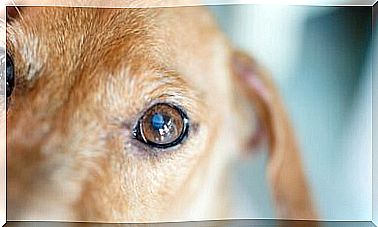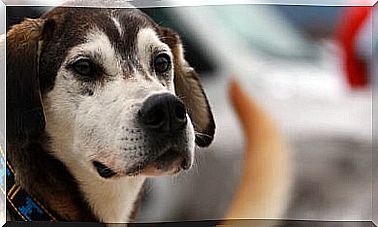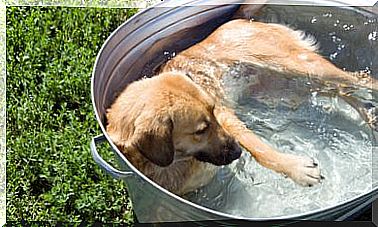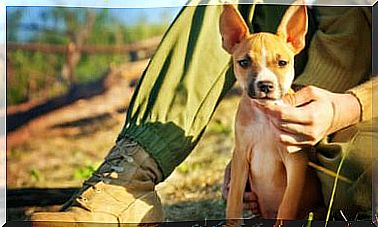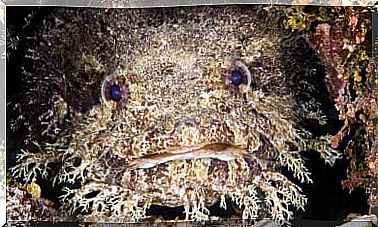The Aggressiveness Of Small Dogs Towards Larger Ones
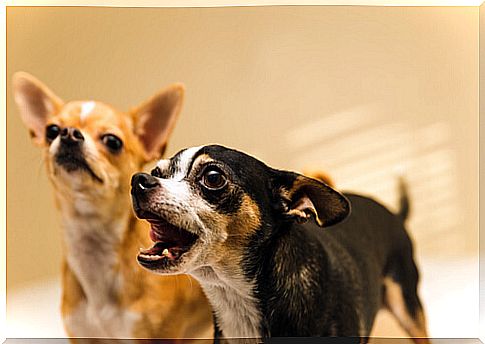
The characteristic aggressiveness of small dogs is known clinically as small dog syndrome and is based mainly on their instinct to compensate for their short stature.
Small dog breeds tend to be more prone to have a dominant and distrustful character. This unsociable temperament is enhanced by dogs and other larger pets. In addition, they tend to be more possessive of their owners; they demand continuous attention through barking.
To explain how this behavior works, ethologists rely on the human analogy of the so-called Napoleon syndrome. This terminology includes all those behaviors that short people, especially men, adopt due to their inferiority complex.
However, although the aggressiveness of small dogs is strongly genetically determined, owners can always lower its intensity. To do this, you must bet on early and persistent socialization.
Characteristics of the small dog syndrome
The fear factor is key, origin of the haughty attitude of this type of dog. Among the most defining features are:
- Excitable behavior, with a tendency to bark, growl and even threaten to assault other people and dogs.
- Confronting larger dogs, whose ineffectiveness tends to lead to avoidance or flight.
- Tendency to non-compliance with orders.
- Resistance when getting off beds or sofas, even when their owners are not in them.
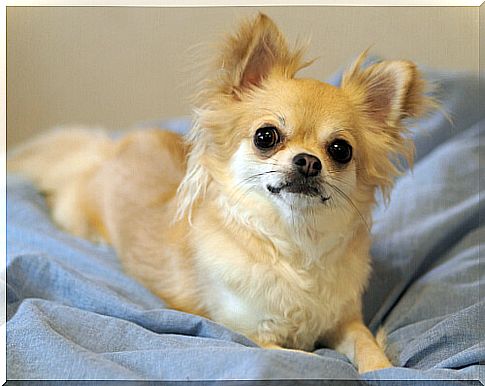
On the one hand, there are biological hypotheses that consider begging, attention seeking or increased frequency of urination as secondary effects of genetic selection. Thus, these genes typical of small breeds would simultaneously encode the infantile appearance and the immature character.
On the other hand, there are experts who, despite maintaining the genetic justification, give greater weight to reinforcing the owners. An example would be hyperactivity, enhanced when owners do not exercise enough their pets based on their small size.
It also highlights the tendency to pick them up or ignore certain behaviors such as barking or biting, given that the impact generated is less than that caused by a larger breed dog.
How to reduce the aggressiveness of small dogs
The unwanted behaviors of these types of breeds tend to harm both the owners and the pets themselves. In this way, the dogs, each time, will be more suspicious of themselves and the owners will see their relationship with other people or animals limited.
In addition, the relationship of fidelity between the two will frequently be compromised, and the reeducation of the animal is increasingly difficult.
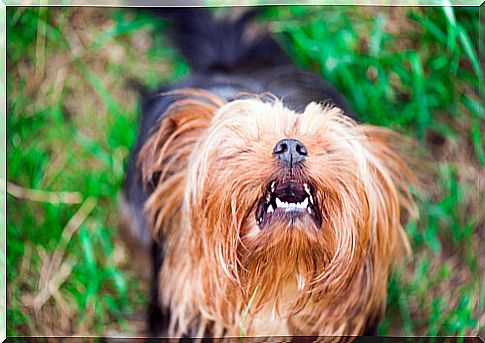
People who opt for this type of breed should be aware that to the apparent advantage of a small size must be added the greater difficulty of training. Therefore, experts recommend discipline, both in the fulfillment of orders and in setting limits on inappropriate behavior.
Betting on socialization is also essential to encourage encounters and play sessions with other dogs, especially those with the same dimension.
Interactions with larger dogs or strangers should be done progressively. It is necessary to try that it is the animal itself the one that approaches to make a first recognition.
In case the owners have difficulties in educating their pet, it is advisable to turn to a trainer. Likewise, prioritizing action in the first years of life will avoid correcting inappropriate attitudes and behaviors, while being consolidated, in the adult dog.

